Home>Renovation & DIY>Tools & Equipment>How To Read Measuring Tape
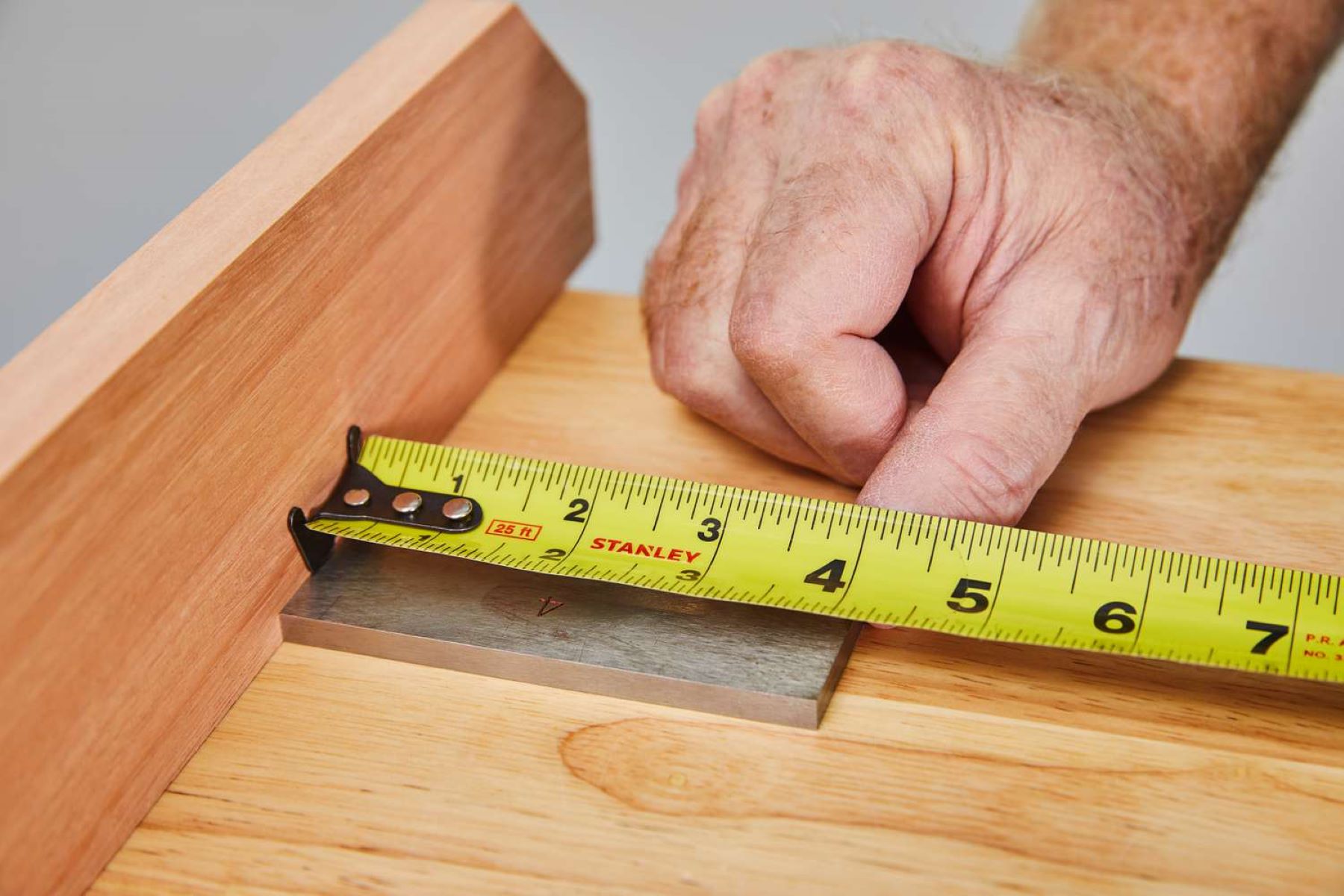

Tools & Equipment
How To Read Measuring Tape
Modified: May 6, 2024
Learn how to read a measuring tape correctly with our step-by-step guide. Master the essential skill for using tools and equipment effectively. Discover tips and tricks for accurate measurements!
(Many of the links in this article redirect to a specific reviewed product. Your purchase of these products through affiliate links helps to generate commission for Storables.com, at no extra cost. Learn more)
**
Introduction
**
Welcome to the world of DIY and precision measurement! Whether you're a seasoned professional or a novice do-it-yourselfer, understanding how to read a measuring tape is an essential skill. A measuring tape is a fundamental tool for a wide range of projects, from carpentry and construction to sewing and crafting. In this comprehensive guide, we'll delve into the intricacies of reading both imperial and metric measurements, as well as deciphering fractions on a measuring tape. By the end of this article, you'll be equipped with the knowledge and confidence to accurately interpret measurements and tackle your next project with precision.
Reading a measuring tape may seem straightforward, but it involves a blend of numerical interpretation, spatial awareness, and a keen eye for detail. Whether you're measuring the dimensions of a room for a renovation, cutting materials for a woodworking project, or hemming fabric for a sewing endeavor, the ability to read a measuring tape accurately is indispensable. Let's embark on this enlightening journey into the world of measurements, where we'll unravel the intricacies of imperial and metric systems, decode fractions, and uncover valuable tips for achieving precise measurements. So, grab your trusty measuring tape, and let's dive into the fascinating realm of measurement mastery!
Key Takeaways:
- Mastering the art of reading a measuring tape is essential for DIY projects. Understanding imperial and metric measurements, fractions, and tips for accuracy empowers precision and confidence.
- Reading a measuring tape involves interpreting imperial and metric measurements, fractions, and utilizing tips for accurate readings. This knowledge enhances precision and confidence in DIY projects.
Understanding the Basics
Before we delve into the specifics of reading a measuring tape, it’s essential to grasp the fundamental components and features of this ubiquitous tool. A standard measuring tape consists of a flexible, ribbon-like material marked with units of measurement. Typically, it features a metal or plastic tab at the beginning, known as the hook or tang, which facilitates accurate measurements by latching onto the edge of an object.
Measuring tapes are available in various lengths, with common options including 16 feet, 25 feet, and 30 meters, catering to diverse measurement needs. The tape itself is adorned with markings denoting units of measurement, which may vary depending on the intended application. While some tapes display both imperial and metric measurements, others are designed exclusively for one system.
Furthermore, measuring tapes may incorporate additional features such as standout, which refers to the tape’s ability to extend without collapsing under its own weight, and blade coating for enhanced durability and resistance to abrasion. Understanding these fundamental aspects of a measuring tape sets the stage for mastering the art of measurement interpretation.
Now that we’ve familiarized ourselves with the basic anatomy of a measuring tape, let’s embark on a captivating journey into the intricacies of reading and deciphering measurements in both imperial and metric systems. By acquiring a comprehensive understanding of these measurement systems, you’ll gain the confidence to tackle an array of projects with precision and finesse.
Reading Imperial Measurements
Imperial measurements, also known as the British Imperial System, are widely used in the United States and other countries for various applications, including construction, carpentry, and crafts. When reading a measuring tape marked with imperial units, you’ll encounter a series of alternating black and red markings, each representing distinct units of measurement.
The black markings typically denote inches, which are further divided into fractions, while the red markings indicate the presence of studs in standard construction, typically spaced 16 inches apart. When measuring an object or distance using imperial units, begin by identifying the nearest inch marking, denoted by a whole number, and then proceed to interpret the fractional component, if applicable.
For instance, if you’re measuring a piece of lumber and the tape aligns with the 3-inch mark, followed by a series of smaller markings, you’ll need to ascertain the precise fractional measurement. The fractional component is denoted by the divisions between the inch markings, with each division representing a fraction of an inch, such as 1/16, 1/8, 1/4, or 1/2. By aligning the edge of the object with the appropriate marking and interpreting the fractional component, you can accurately determine its dimensions in imperial units.
Moreover, when working on construction projects, the presence of red markings at intervals of 16 inches serves as a valuable reference for spacing studs and framing structures effectively. By leveraging the distinctive color scheme and spatial awareness, you can streamline the process of layout and construction, ensuring optimal precision and adherence to industry standards.
Mastering the art of reading imperial measurements empowers you to navigate a diverse array of projects with confidence and accuracy. Whether you’re measuring materials for a home improvement endeavor or crafting intricate woodwork, the ability to interpret imperial measurements fluently is an invaluable skill that paves the way for seamless project execution and exceptional craftsmanship.
Reading Metric Measurements
Embraced by the majority of the world, the metric system offers a standardized and intuitive approach to measurement, characterized by its use of base-10 units. When interpreting measurements on a metric measuring tape, you’ll encounter a linear progression of markings denoting centimeters and, in some cases, millimeters. This streamlined system simplifies the process of measurement interpretation, fostering precision and uniformity across diverse applications.
Each centimeter on the tape is typically distinguished by a numerical value, representing the length in centimeters, with smaller markings denoting millimeters. To read a metric measurement, identify the whole centimeter value aligned with the end of the object being measured, followed by the precise millimeter measurement, if applicable. The millimeter markings allow for exceptionally precise measurements, enabling craftsmen, engineers, and artisans to achieve meticulous accuracy in their respective fields.
One of the notable advantages of the metric system is its seamless integration with mathematical calculations, as the base-10 nature of metric units simplifies conversions and arithmetic operations. Whether you’re measuring dimensions for a construction project, fabricating components for machinery, or engaging in scientific pursuits, the metric system’s uniformity and coherence streamline the measurement process, fostering efficiency and accuracy.
Furthermore, the metric system’s global prevalence and standardization facilitate seamless collaboration and communication across international borders, transcending linguistic and regional barriers. This universal language of measurement empowers professionals and enthusiasts alike to exchange precise specifications and dimensions with clarity and consistency, underscoring the metric system’s pivotal role in fostering global connectivity and cooperation.
By mastering the art of reading metric measurements, you’ll unlock a world of precision and uniformity, transcending the confines of disparate measurement standards and embracing a cohesive, globally recognized system. Whether you’re embarking on an engineering endeavor, honing your craftsmanship, or delving into scientific exploration, the metric system’s intuitive and standardized approach to measurement empowers you to navigate diverse pursuits with finesse and accuracy.
When reading a measuring tape, make sure to start at the end of the tape and read the measurement where it lines up with the edge of the object being measured. Take note of any fractions or decimals for accuracy.
Reading Fractions on a Measuring Tape
Measuring tapes often feature fractional markings, particularly in the context of imperial measurements, to convey precise dimensions with exceptional accuracy. These fractional markings, denoted by divisions between whole numbers, enable craftsmen, artisans, and DIY enthusiasts to discern fractional components of an inch, facilitating meticulous measurements for a myriad of projects.
When confronted with fractional markings on a measuring tape, it’s essential to interpret them with precision and confidence. The fractional components typically manifest as divisions of an inch, such as 1/16, 1/8, 1/4, or 1/2, each representing a specific fraction of an inch. By aligning the edge of the object being measured with the appropriate fractional marking and discerning the precise division, you can ascertain the exact dimensions with remarkable accuracy.
For instance, if the tape aligns with the 4-inch mark, followed by a series of smaller markings, each representing 1/16 of an inch, you can discern the fractional measurement by identifying the specific division that aligns with the edge of the object. This meticulous approach to reading fractions on a measuring tape empowers you to achieve precision and finesse in a diverse array of woodworking, construction, and crafting endeavors.
Furthermore, the ability to interpret fractions fluently on a measuring tape is instrumental in achieving seamless alignment, cutting, and assembly of materials, ensuring that each component fits together with impeccable precision. Whether you’re crafting custom furniture, fabricating intricate joinery, or executing precise cuts for a construction project, the art of reading fractions on a measuring tape is indispensable for achieving exceptional craftsmanship and accuracy.
By honing your proficiency in reading fractions on a measuring tape, you’ll elevate your mastery of measurement interpretation, unlocking the potential for unparalleled precision and attention to detail in your projects. Embrace the fractional markings as a testament to the artistry and precision inherent in the world of measurements, and let them guide you toward a realm of unparalleled craftsmanship and meticulous execution.
Tips for Accurate Measurement
Attaining precise measurements is a cornerstone of successful projects, and mastering the art of measurement interpretation is pivotal in achieving accuracy and finesse. Whether you’re embarking on a woodworking endeavor, renovating a space, or engaging in a creative pursuit, the following tips will empower you to achieve meticulous measurements with confidence and precision:
- Maintain Tautness: When using a measuring tape, ensure that it is held taut against the object being measured, minimizing the risk of inaccuracies caused by slack or sagging in the tape.
- Eye-Level Alignment: Position yourself at eye level with the measurement markings to minimize parallax error, ensuring that the tape aligns perfectly with the edge of the object for accurate readings.
- Utilize Standout: If your measuring tape features standout, leverage this capability to extend the tape without it collapsing, facilitating hassle-free measurements over extended distances.
- Account for Hook Thickness: When measuring from an edge, account for the thickness of the hook or tang at the beginning of the tape to obtain precise measurements.
- Double-Check Measurements: To mitigate errors, double-check your measurements by reconfirming the readings and ensuring consistency across multiple dimensions.
- Understand Increment Markings: Familiarize yourself with the increment markings on the tape, whether they denote fractions of an inch or millimeters, to interpret measurements accurately.
- Employ Precision Tools: For intricate or high-precision projects, consider using specialized tools such as calipers or precision squares to augment accuracy.
- Account for Environmental Factors: In outdoor settings or fluctuating environments, account for temperature and humidity, which can impact the dimensions of materials and affect measurement accuracy.
- Practice Consistency: Develop a consistent approach to measurement interpretation, ensuring uniformity in technique and methodology across various dimensions.
- Embrace Patience: Exercise patience and attentiveness when taking measurements, as rushing through this crucial phase can lead to inaccuracies and compromise the integrity of your project.
By incorporating these tips into your measurement practices, you’ll cultivate a mindset of precision and attention to detail, elevating the quality of your projects and instilling a sense of confidence in your ability to achieve accurate measurements. Embrace the art of measurement as a testament to craftsmanship and meticulousness, and let these tips serve as guiding principles in your pursuit of precision and excellence.
Conclusion
Congratulations on embarking on this enlightening journey into the realm of measurement mastery! By delving into the intricacies of reading a measuring tape, you’ve gained invaluable insights into the art of measurement interpretation, empowering you to navigate a diverse array of projects with precision and finesse.
From unraveling the nuances of imperial and metric measurements to deciphering fractions with meticulous accuracy, you’ve acquired a comprehensive understanding of the fundamental components and features of a measuring tape. This knowledge serves as a cornerstone for achieving exceptional craftsmanship, whether you’re crafting custom furniture, fabricating intricate joinery, or renovating a space with precision and attention to detail.
As you venture forth into the world of DIY, construction, and creative pursuits, remember to leverage the tips for accurate measurement as guiding principles in your quest for precision. By maintaining tautness, embracing eye-level alignment, and practicing consistency, you’ll infuse your projects with a sense of meticulousness and excellence, elevating the quality of your craftsmanship and instilling confidence in your ability to achieve accurate measurements.
Embrace the art of measurement as a testament to precision and attention to detail, and let it serve as a catalyst for elevating the quality of your projects. Whether you’re embarking on a woodworking endeavor, renovating a space, or engaging in a creative pursuit, the ability to read a measuring tape fluently and accurately is a skill that will undoubtedly enrich your journey and empower you to achieve remarkable feats of craftsmanship.
Armed with this newfound knowledge and proficiency in measurement interpretation, you’re poised to embark on your next project with confidence and precision. So, pick up your trusty measuring tape, let your creativity soar, and embark on a captivating journey of measurement mastery, where every inch and centimeter becomes a testament to your dedication to excellence.
Now that you've mastered reading measuring tapes, why not discover what's cutting-edge in measurement tools? Our latest article on "14 Amazing 16' Measuring Tapes" showcases the most innovative tape measures designed to make every project easier. These tools not only offer precision but also come packed with features that cater to both seasoned builders and DIY enthusiasts. Don't miss out, check out our review to find the perfect tape measure that suits all your measuring needs.
Frequently Asked Questions about How To Read Measuring Tape
Was this page helpful?
At Storables.com, we guarantee accurate and reliable information. Our content, validated by Expert Board Contributors, is crafted following stringent Editorial Policies. We're committed to providing you with well-researched, expert-backed insights for all your informational needs.
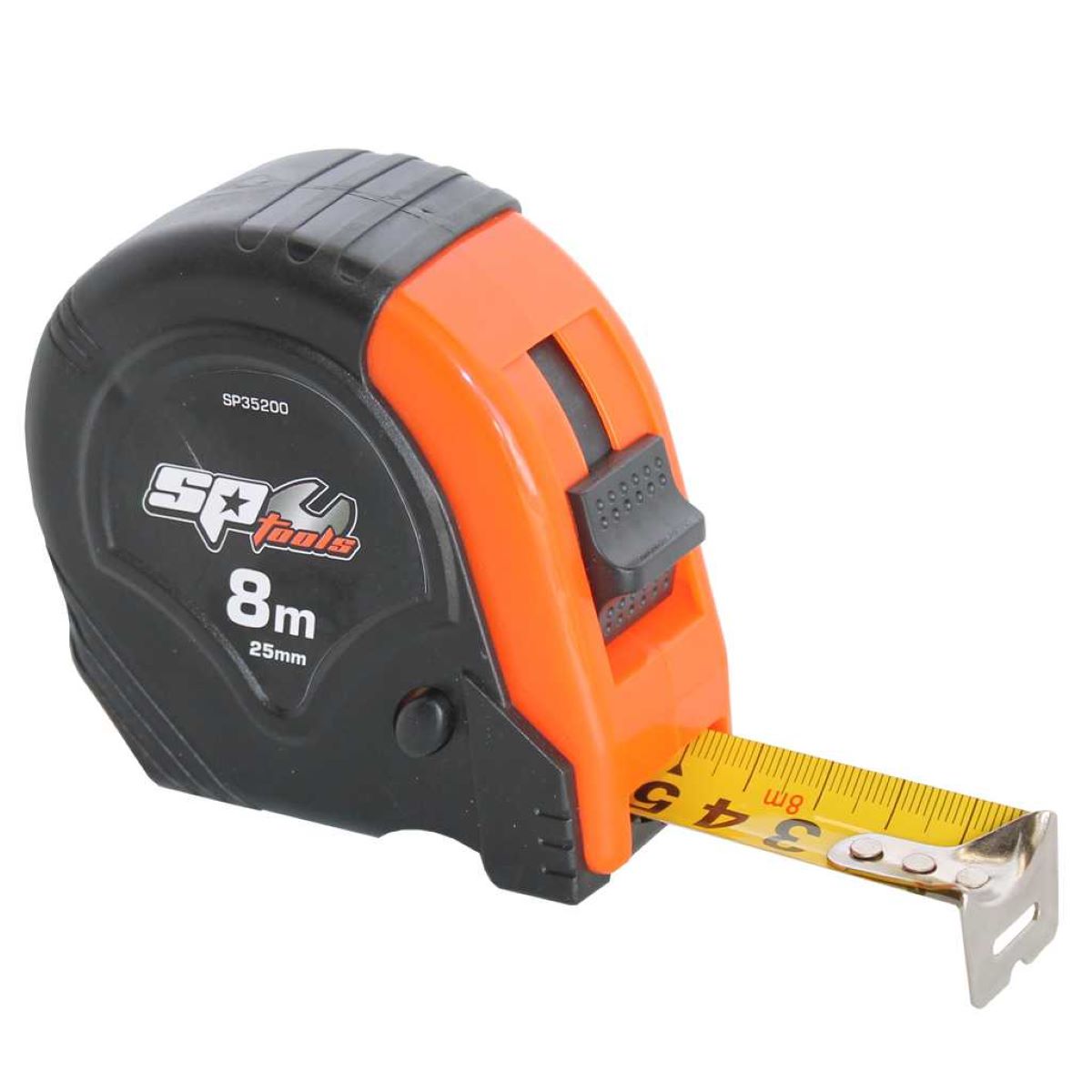
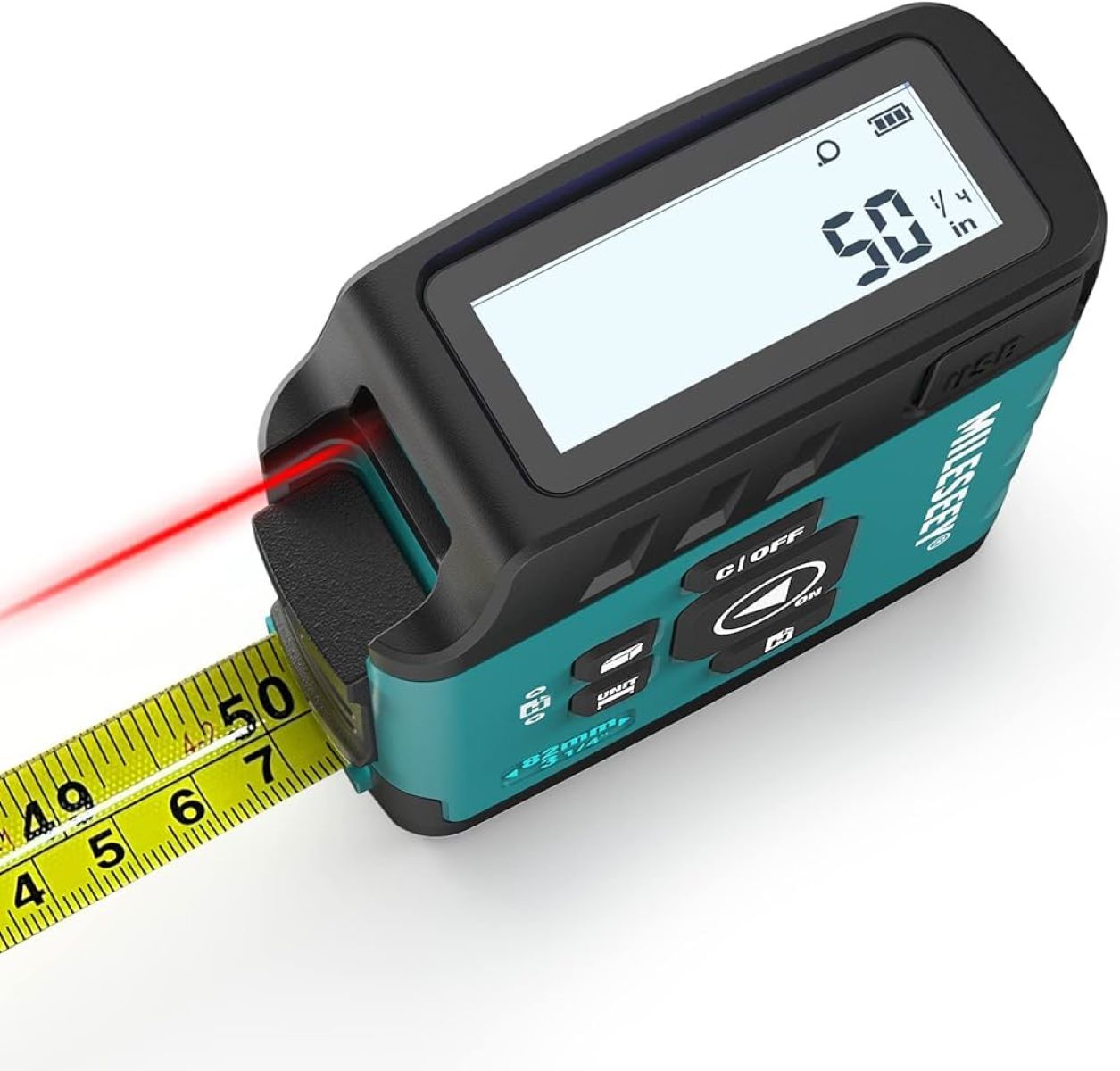
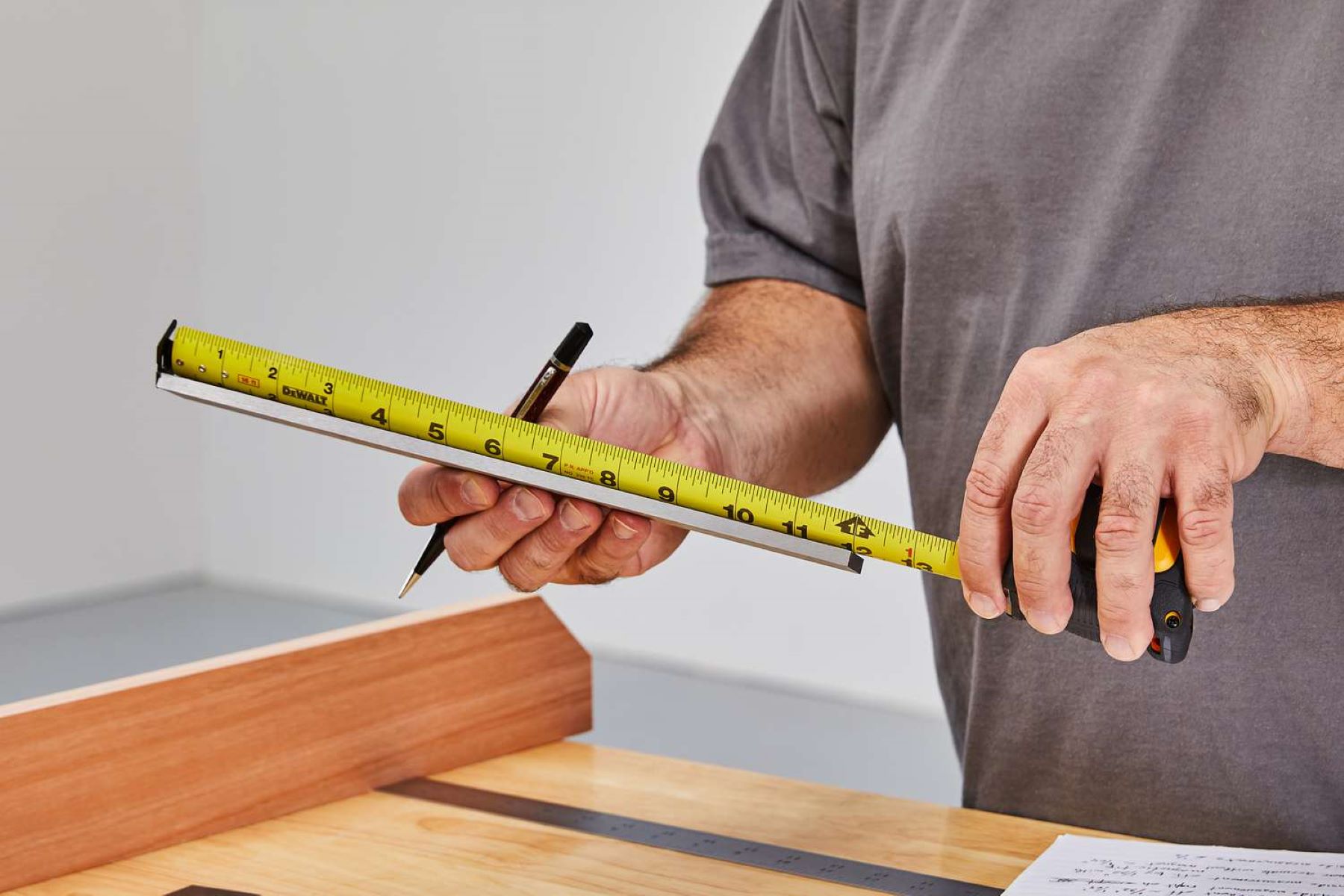
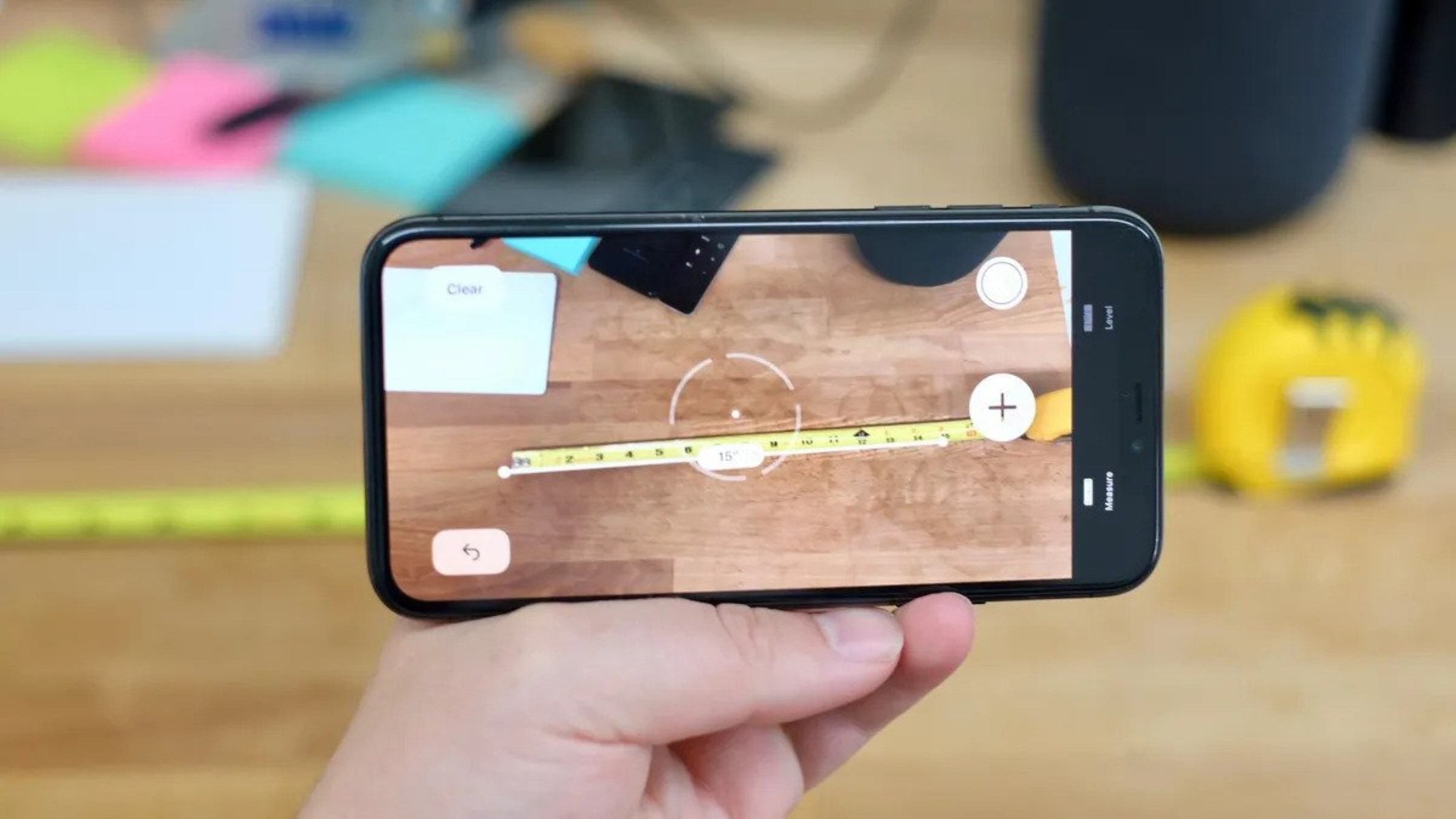





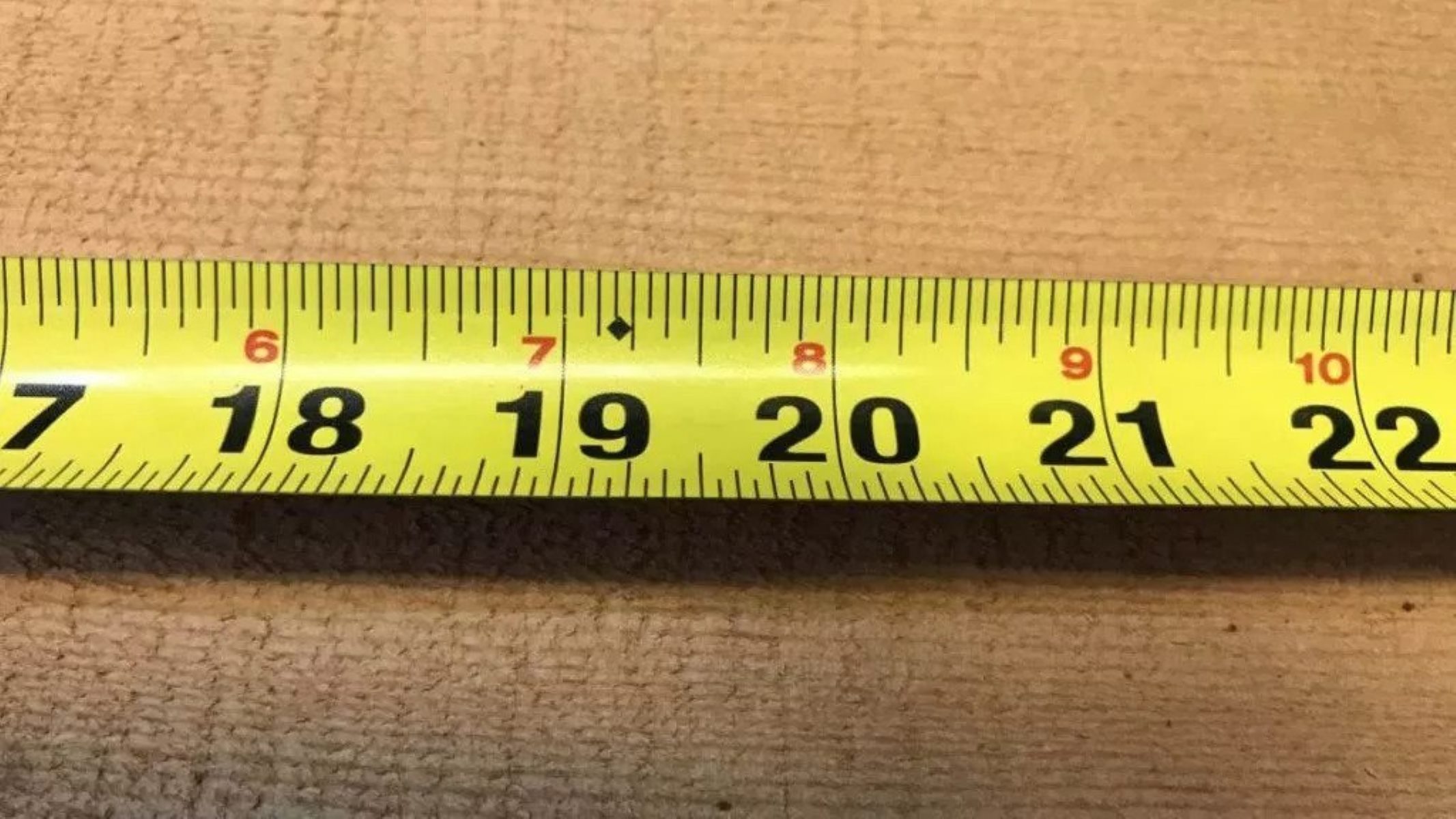
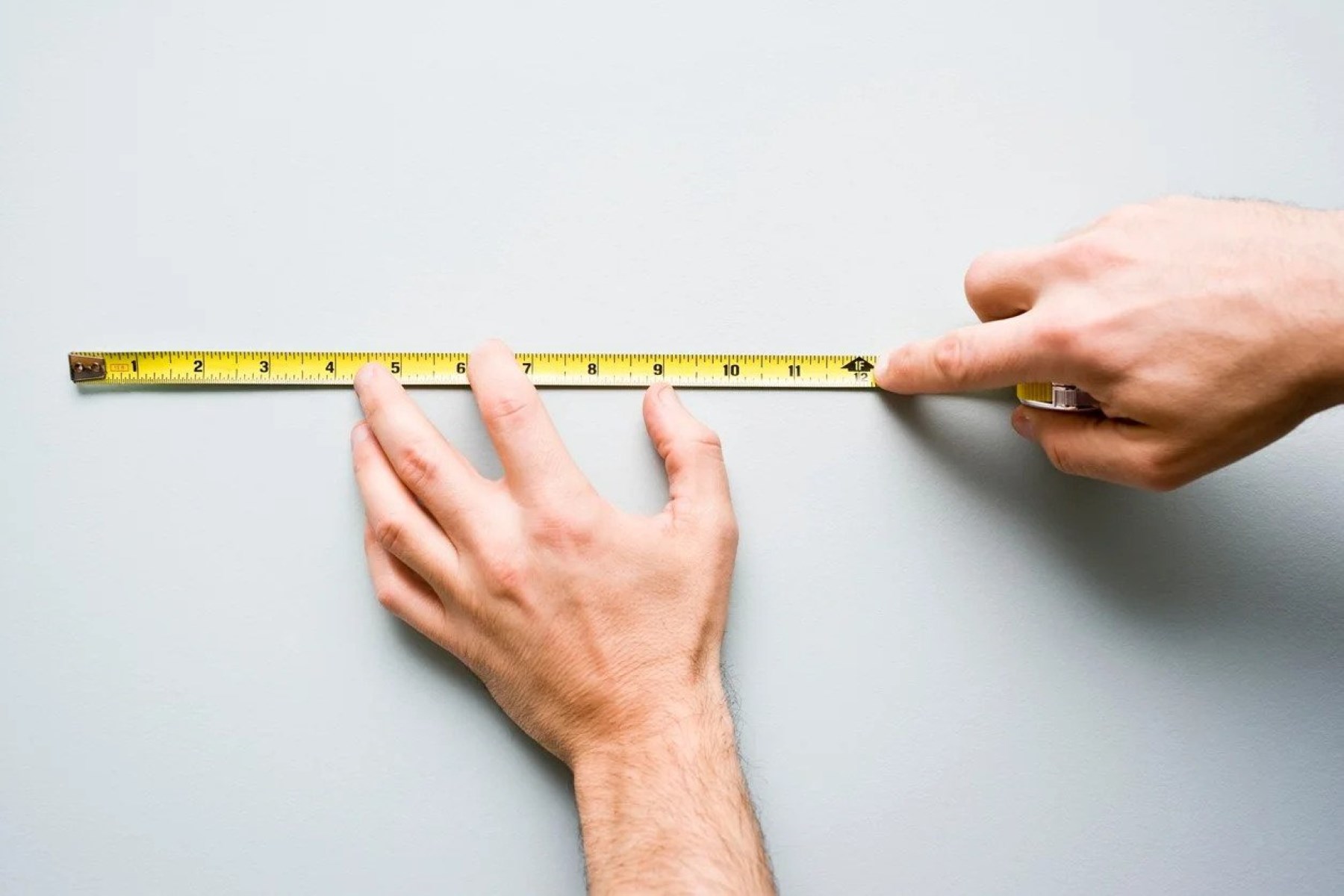
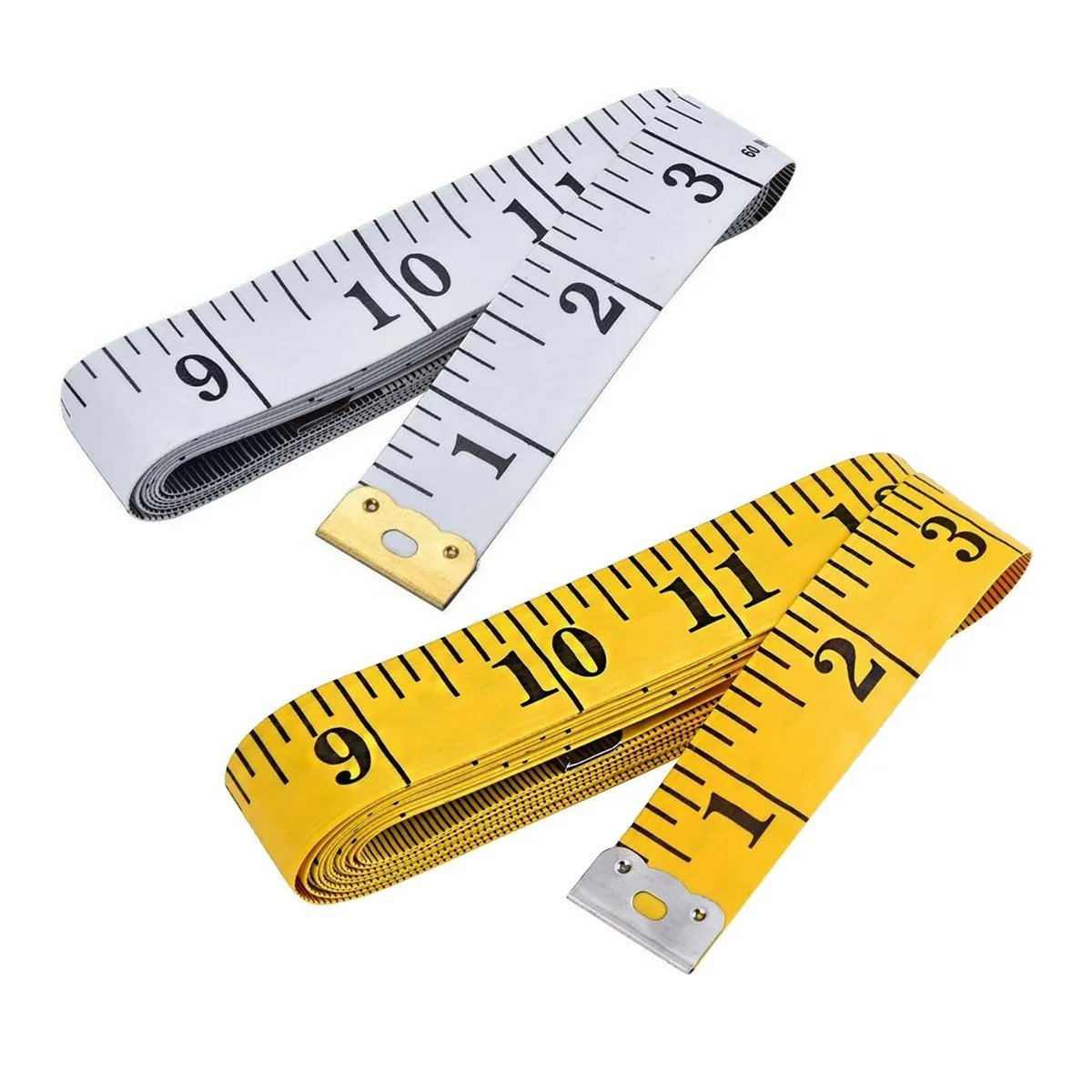

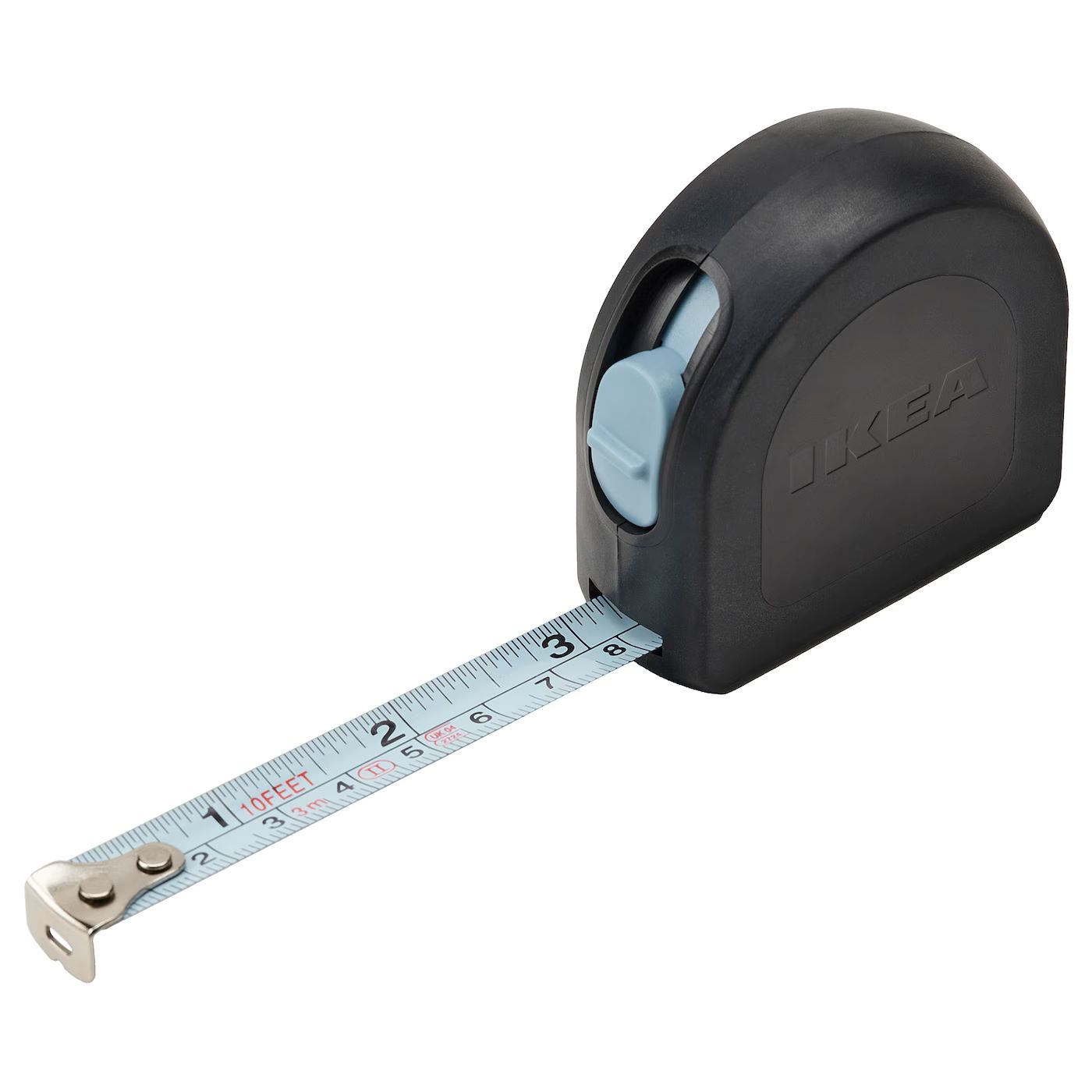

0 thoughts on “How To Read Measuring Tape”